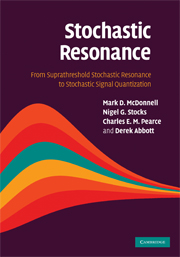Introduction to Nonlinear Science
The aim of this book is to develop a unified approach to nonlinear science, which does justice to its multiple facets and to the diversity and richness of the concepts and tools developed in this field over the years. Nonlinear science emerged in its present form following a series of closely related and decisive analytic, numerical and experimental developments that took place over the past three decades. It appeals to an extremely large variety of subject areas, but, at the same time, introduces into science a new way of thinking based on a subtle interplay between qualitative and quantitative techniques, topological and metric considerations and deterministic and statistical views. Special effort has been made throughout the book to illustrate both the development of the subject and the mathematical techniques, by reference to simple models. Each chapter concludes with a set of problems. This book will be of great value to graduate students in physics, applied mathematics, chemistry, engineering and biology taking courses in nonlinear science and its applications.
Product details
August 1995Paperback
9780521467827
272 pages
246 × 191 × 20 mm
0.49kg
Available
Table of Contents
- Preface
- 1. Nonlinear behavior in the physical sciences and biology: some typical examples
- 2. Quantitative formulation
- 3. Dynamical systems with a finite number of degrees of freedom
- 4. Linear stability analysis of fixed points
- 5. Nonlinear behavior around fixed points: bifurcation analysis
- 6. Spatially distributed systems, broken symmetries, pattern formation
- 7. Chaotic dynamics
- Appendices
- References
- Index.





